I recently purchased a stereo microscope from eBay and after using it for a little while with the incandescent spot I had, I decided I need a ring-light to improve the view.
Using the spot was OK, and it gives good color rendition, but no matter which way you put it, something casts a shadow where you're trying to work. Either the solder or the soldering iron, or some part or another casts a shadow.
So I grabbed a bit of acrylic and hit the lathe.
OK, First I asked around at work to see if anyone had ever built a white LED driver since there seems to be some kind of mystique about building them. Ryan said he had an eval board from Linear that I could have. !!! NICE! That meant I didn't have to learn about them at all. It was a DC 1268A-B demo board for the Linear LT3755EUD-1 LED controller.
So I read about it and decided 16 White LEDs from DigiKey would do nicely. I didn't know what color, what package or what brightness to use, so I took a shot.
I ordered:
16 OVS5MWWBCR4 (DigiKey #365-1548-1-ND) Warm White and
16 OVS5MWBCR4 (DigiKey #365-1547-1-ND) Cool White LEDs and got to work.
I hit the lathe and carved out a ring with a channel in one end for the LEDs to sit. I figured just sanding the outside would give it enough diffusion-action.
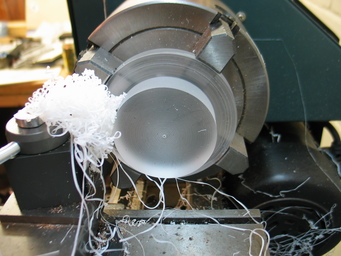
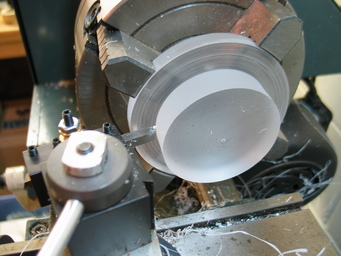
First I cut the outside diameter to size.
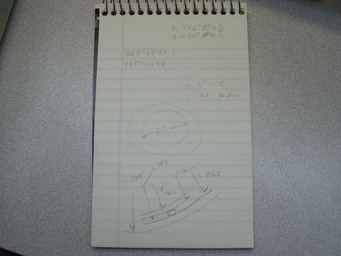
Oh hey, before you start a project like this, you NEED precise accurate, complete CAD drawings. You should start by purchasing AutoCAD or Inventor or something like that. I went the cheap way and used paper and a pencil and about 5 minutes.
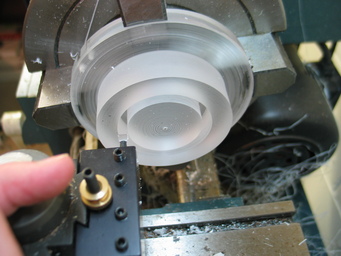
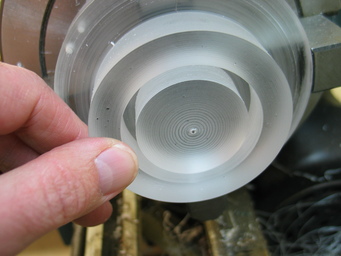
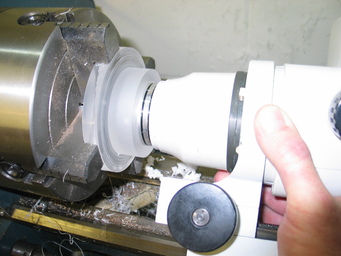
Cutting and test fitting the ID.
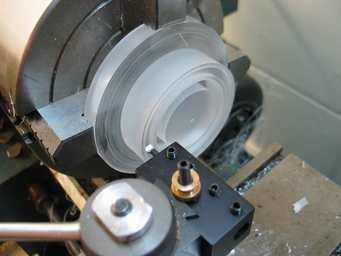
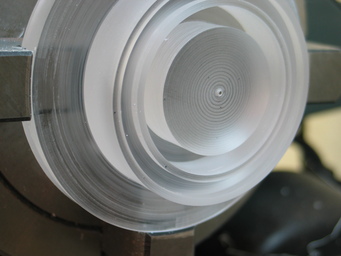
Cutting the slot for the LEDs to sit in.
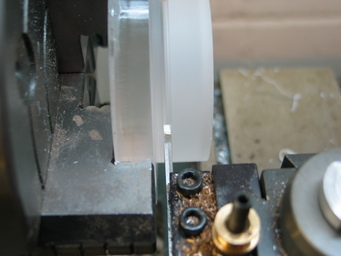
Parting off.
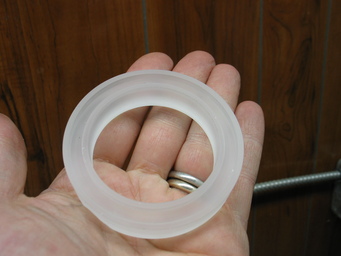
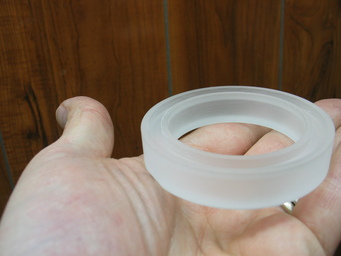
The finished product.
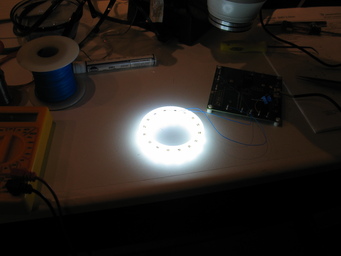
I used some 5-minute epoxy and glued-in 16 LEDs the right-way around.
I then used some 30 gauge wire-wrap wire to solder them all together and hooked them to the LED driver board.
Jeff and Bill helped look at the LED Driver board instructions and make some sense out of them.
Here's a quote from the data sheet:
CTRL (Pin 6/Pin 16): Current Sense Threshold Adjustment
Pin. Regulating threshold V(ISP - ISN) is 1/10th VCTRL plus
an offset for 0V < VCTRL < 1V. For VCTRL > 1.2V the current
sense threshold is constant at the full-scale value of 100mV.
For 1V < VCTRL < 1.2V, the dependence of current sense
threshold upon VCTRL transitions from a linear function
to a constant value, reaching 98% of full-scale value by
VCTRL = 1.1V. Do not leave this pin open.
Ain't that sweet?
We eventually figured out that the demo board was set for a 1 Amp output no matter how many LEDs were in the string.
But I don't want anywhere NEAR that much current. I want something like 30ma to 120ma adjustable.
All that cryptic text is trying to say is that the VCTRL pin takes a voltage between zero and 1.0 Volts and sets the output current from 0 Amps to 1 Amp. So I want a variable voltage between 0 Volta and 0.1 Volts to get an output current from 0 Amps to 0.1 Amps.
Luckily, the board has a 2.0 Volt reference right on it, so I can use a voltage divider and a pot to get the 0V to 0.1Volts for VCTRL.
How? OK, I have a 2.0 Volt source, and I want a 1.9 Volt voltage drop across a resistor and another 0.1 Volt drop across my potentiometer. I have a 50K Ohm pot, so I can figure out how much current goes through a 50K Ohm pot to get a 0.1 Volt drop.
E=I*R. 0.1 = I * 50,000 so I is 0.0000002 Amps.
So how big does the upper resistor need to be? 1.9 Volts = 0.0000002 * R
R = 9,500,000 Let's say 10 megohms.
So I used a 10 Megohm fixed resistor to the 2.0 Volt supply and a 50,000 Ohm pot to ground and connected the wiper to VCTRL and everything worked just great.
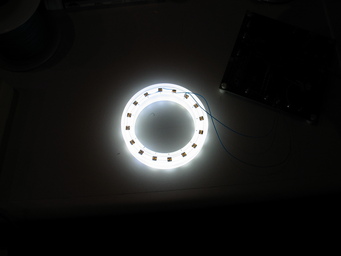
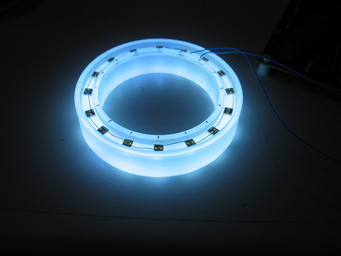
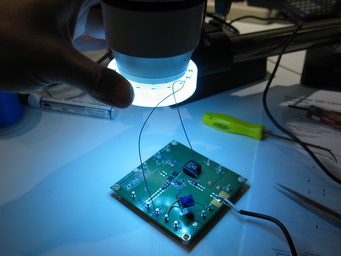
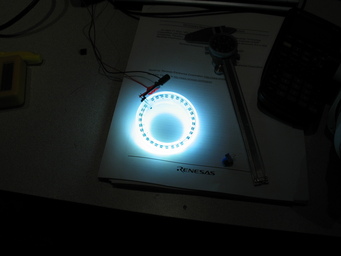
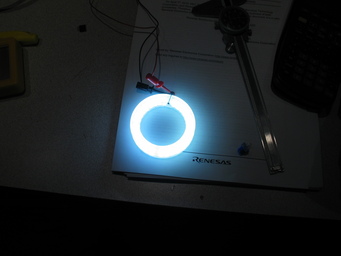
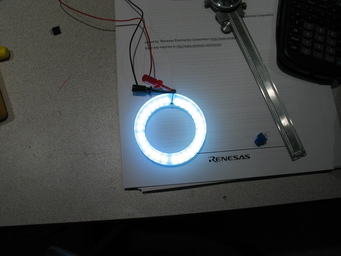
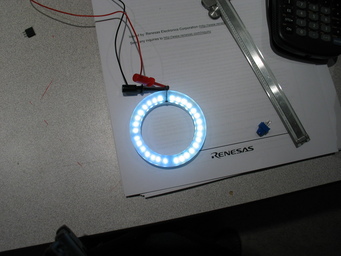
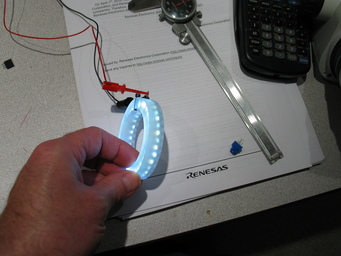
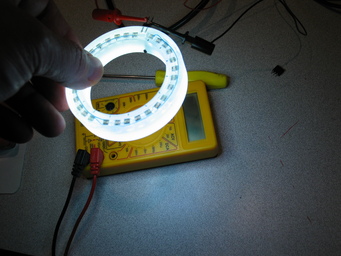
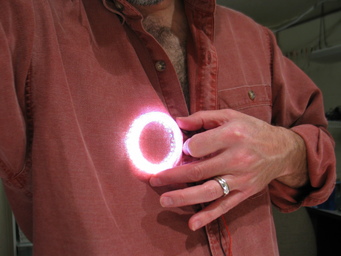
Yeah, it does look like one of these. But having 55 Volts on two uninsulated header pins toughing your skin is uncomfortable!
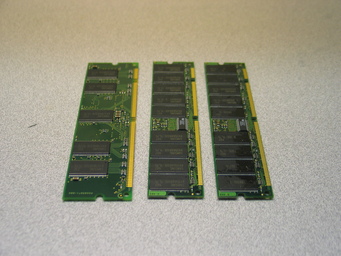
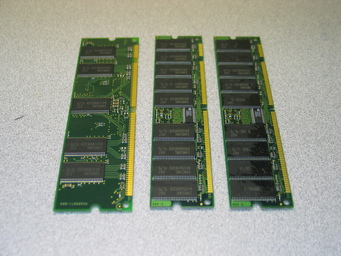
Desk light (left) and ring light (right)
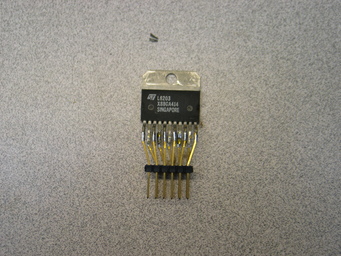
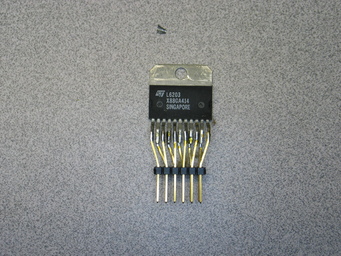
Desk light (left) and ring light (right)
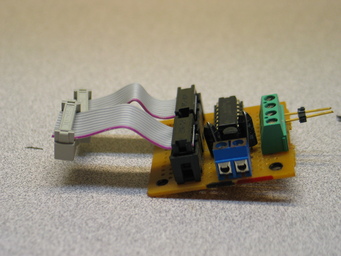
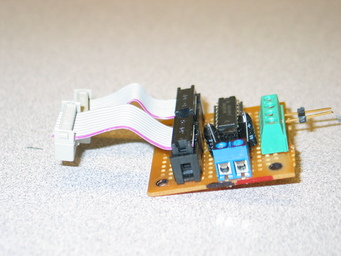
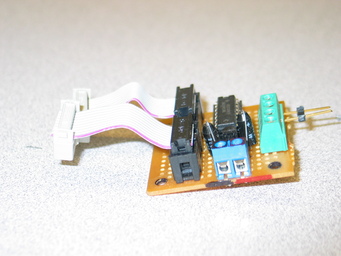
Desk light (left), Desk light and camera flash (middle) and ring light (right)
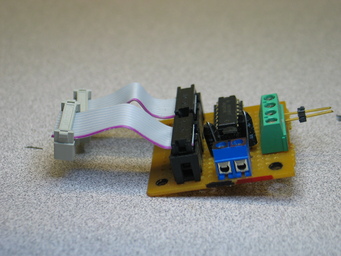
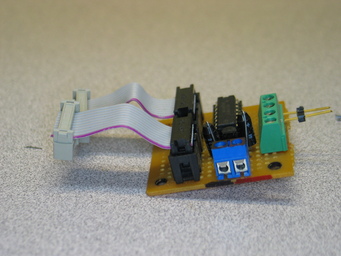
Desk light (left) and ring light (right)
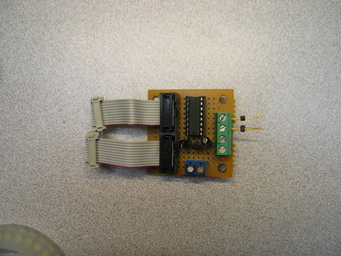
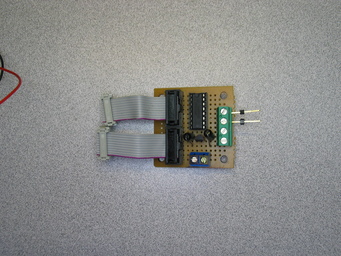
Desk light (left) and ring light (right)
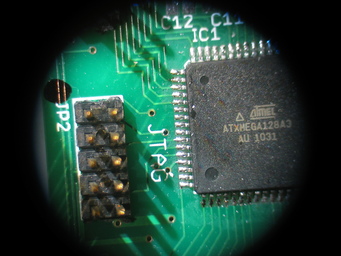
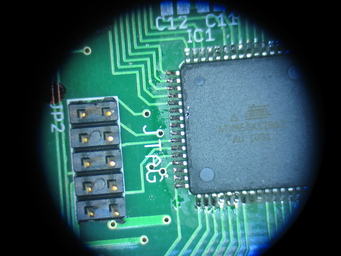
Desk light (left) and ring light (right)
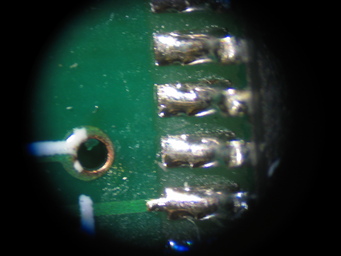
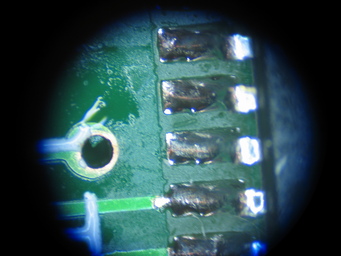
Desk light (left) and ring light (right)
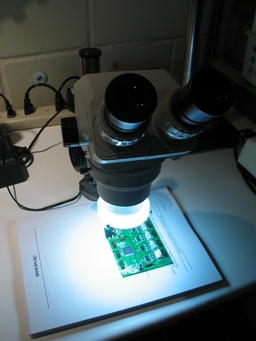
The final product.
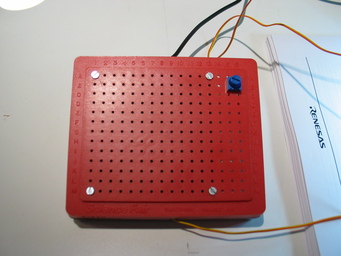
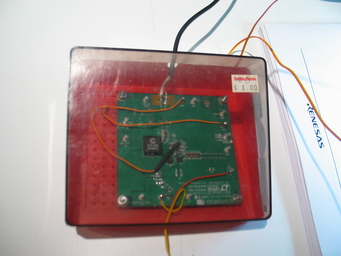
An old familiar red box. With blue potentiometer brightness knob.
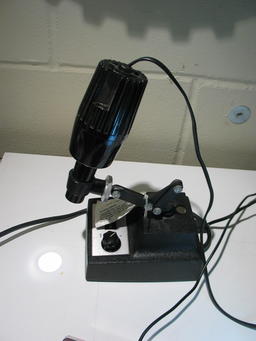
The old incandescent light